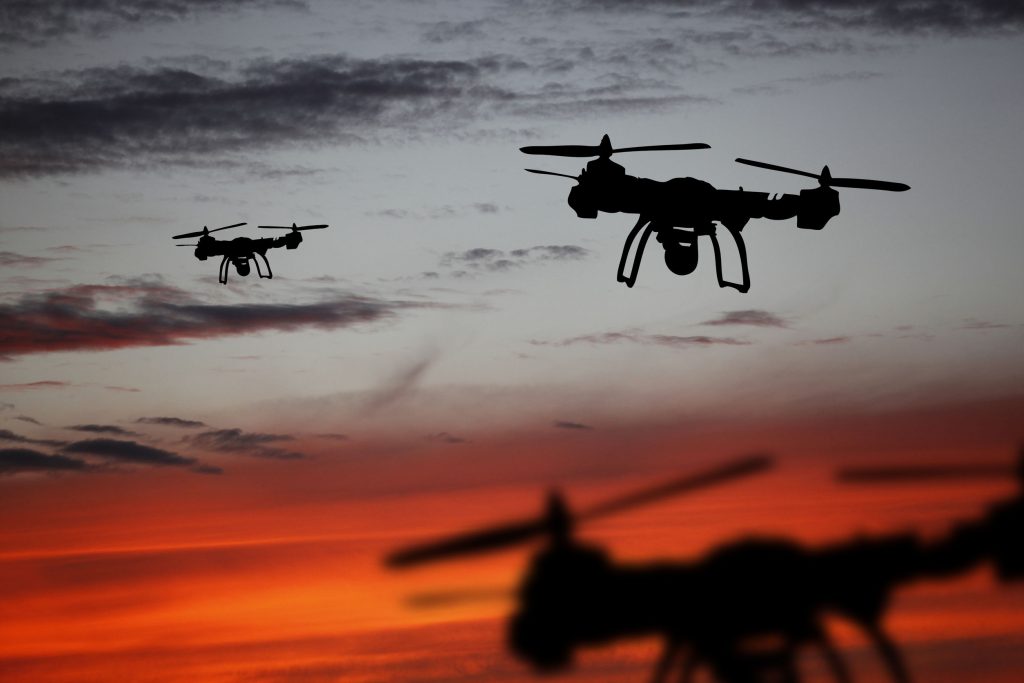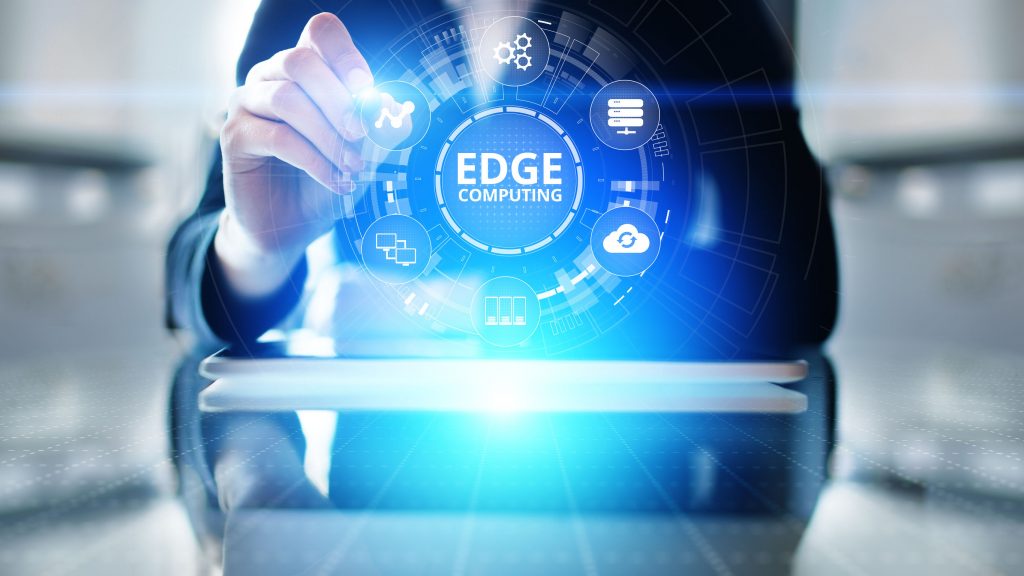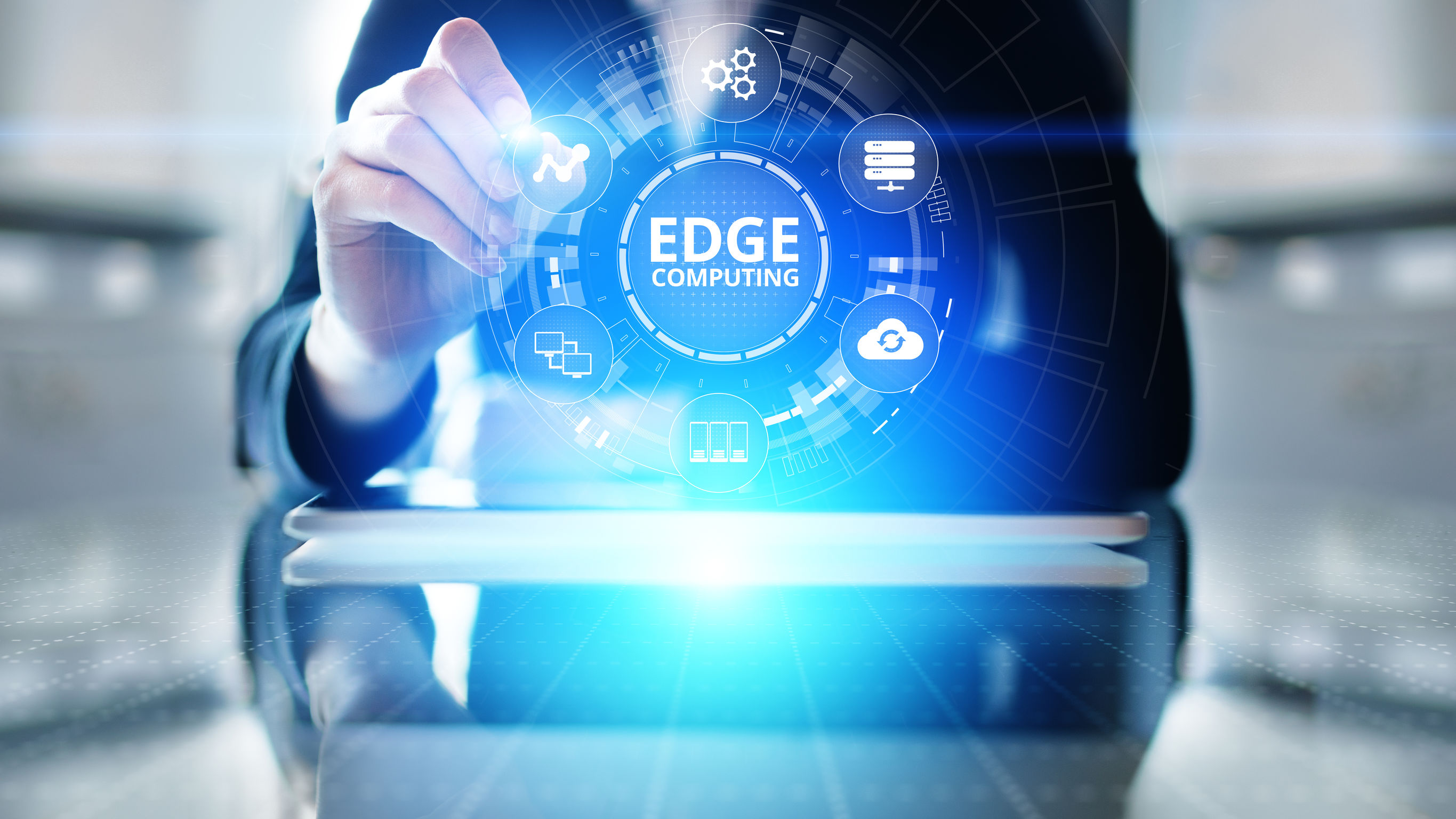18/12/2019
Predicting the future is always a complicated task, but getting the trends right is not so difficult. In the short term, we can make predictions with a certain degree of reliability to help us understand where the market and society are heading and which technologies will be most relevant in the year ahead. Every year several studies or articles are published about it and from DigitalES we have compiled and analyzed the main paths that digitalization will take in 2020. These are the most relevant.
Transparency and Data Regulation
The social aspect is also important, and very important. There is growing concern about data management, and companies, governments and institutions should be concerned about ensuring not only data security, but also the ethical use of data.
What started as a more European movement with GDPR is now moving to other local regulatory frameworks such as the California Consumer Privacy Act (CCPA) and is putting more pressure on companies to ensure data compliance. Currently, there are 121 countries that have already announced or are in the process of formulating data sovereignty laws that prevent the movement of their citizens’ personal data outside the country’s borders.
2. Autonomous things
Autonomous cars will be a long time coming, true, but more and more objects are operating on their own and doing tasks previously reserved for humans. Drones, robots or boats that will be increasingly deployed in uncontrolled public spaces.
According to Gartner, these objects “will evolve into a swarm of collaborative smart things in which multiple devices will work together, either independently of people or with the participation of humans.”

3. The augmented human
It is perhaps one of the most striking trends for 2020. Are we moving towards a “superhuman” model?
This trend is based on the use of technology to enhance people’s cognitive and physical experiences. Through the implantation of chips or through improved access to information, it is possible to improve certain mobility issues (exoskeletons, prostheses), but also to improve physical abilities such as vision, hearing or perception.
4. Personalized and predictive medicine
This same line of improvements in the human body includes another trend: personalized and predictive medicine.
Our ability to capture data from wearable devices such as smartwatches will give us the ability to increasingly predict and treat health problems in people even before they experience any symptoms.
As a result, we will see much more personalized approaches, allowing doctors to prescribe drugs more accurately and deliver treatments, thanks to a data-driven understanding of how effective they can be for a specific patient.

5. Sustainability
According to an Equinixsurvey, 42% of IT decision-makers agree that the “greenness” of a company’s suppliers has a direct impact on their purchasing decisions.
Whether for this reason, or because of the growing echo that events such as The Climate Summit have in our society, the truth is that sustainability will be a priority for all organizations in 2020, and digital transformation can begin to put the global economy on a progressively sustainable footing.
6. Multi-experience
We have been talking about the value of the experience versus the object for a long time, and this trend is set to increase even more in 2020. Customers also expect highly personalized experiences. Seventy-four percent of consumers think companies should understand their expectations and needs.
Gartner states that virtual reality, augmented reality and mixed reality are transforming the way people perceive the digital world. “This shift in both perception and interaction models will lead to a multisensory, multimodal experience in the future,” they say.
7. Edge Computing
This is nothing new and it is recurrently repeated in all the predictions that are elaborated annually in recent times, but its importance does not stop growing.
In addition, it has become a building block for other emerging technologies such as 5G, making it easier for Internet of Things (IoT) devices and other devices at the edge to enjoy higher bandwidth and speed, as well as minimal latency.
According to data from Equinix, private interconnection between enterprises and cloud and IT service providers will grow annually by 112% between 2018 and 2022. The report predicts that traditional, highly centralized cloud architectures will evolve as enterprises seek to extend their cloud processes to the edge to meet the challenges posed by the highly distributed nature of business applications.

8. Cybersecurity and DeepFakes
Cybersecurity is increasingly relevant for businesses, but 2020 will see an intensifying need to combat a growing challenge: the rise of attacks driven by the rise of IoT, cloud computing, microservices and Artificial Intelligence.
For its part, McAfee points out that the use of deepfakes will grow in 2020.The company’s CEO, for example, can be used both by states – to manipulate elections, destabilize society… – and by cybercriminals, capable of generating fake videos in which the CEO of a company makes certain statements, with the aim of manipulating the price of its shares or tarnishing its corporate image.
9. Technological skills
In addition to following the rise of the so-called soft skills or social skills, in 2020 will be important some such as Gatsby.js, AWS Big Data, React Hooks, Microsoft Azure Architecture, Next.js or Apache Airflow, which will see exponential growth throughout the year.
According to the report Trends in the work environment 2020: the skills of the future’, prepared by Udemy for Business, some of the technological skills that will triumph next year will be the programming language Phyton, the java script library React, the platform for the creation of mobile and desktop apps Angular, machine learning and deep learning technologies, the management of the functions offered by Amazon AWS or the frameworks Django or React Native.










